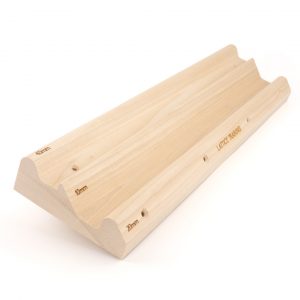Flexibility, Climbing and Performance; What, Why and How? Part 3.
Methods of training flexibility? There are many ways to get more flexible and they all involve joining a Yoga class… I joke!
Flexibility training is and should be as individual as any other form of training. If we just take passive-static (see part 1) modes of stretching for example, some will make gains from 60s stretches a few times a week. However, this simply wont work for others. People with a heavy weightlifting background may have lots of intrinsic muscle tension and may need to hold static-passive stretches for up to 5 minutes before they see a significant increase in range of motion. Men tend to respond best to strength training and isometric holds under tension in their flexibility. Whereas women may respond better with static-passive stretching. If a certain method does not work well for you, rest assured, there are lots of viable methods to try.
Beyond the more relaxed type of stretching here are some of my favourite methods of stretching.

Slow Tempo Weighted Exercise
For example, lowering in and out of a deep horse squat. This may be with added load, but the intention is always to increase range of motion. We may add load but only enough to pull/push us deeper into the stretch. Often a slow tempo is used, even a pause for several seconds in the stretch. This is to emphasise the stretch and to reduce any reflex or stretch-shortening contraction mechanisms.
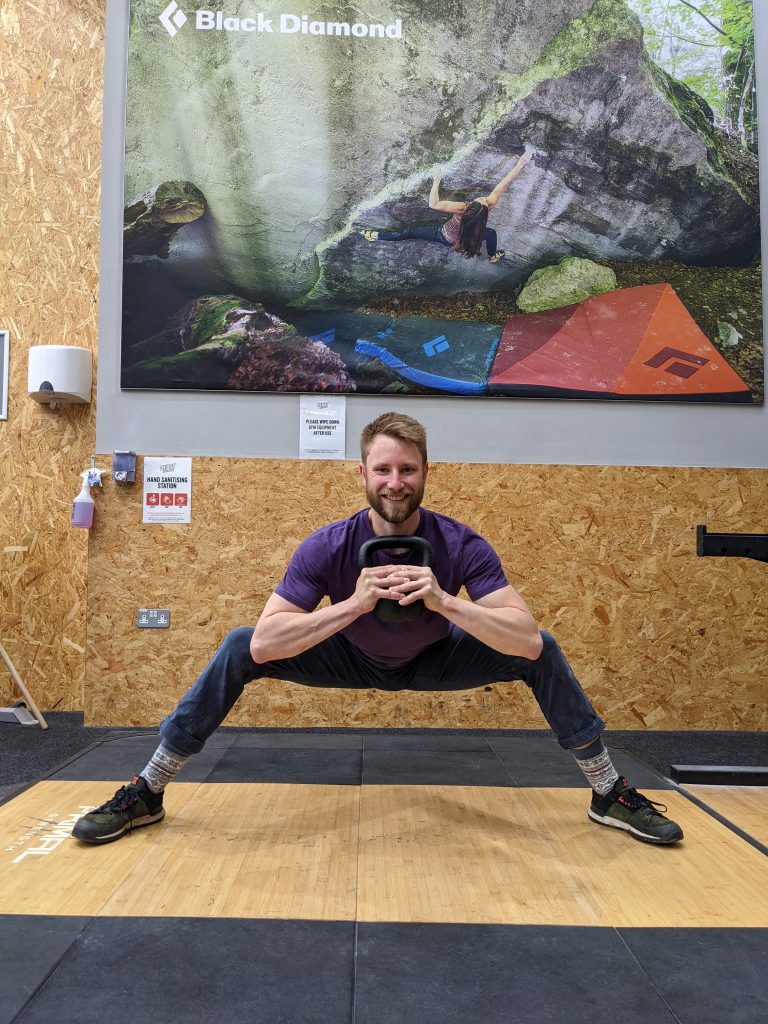
Isometric Holds
For example, holding a long lunge. The aim is to hold a stretched position under your own strength for a time. This builds strength in or near your current end-range. As you increase strength the muscle becomes more “comfortable” in this range and so you can progressively increase the depth of the position.
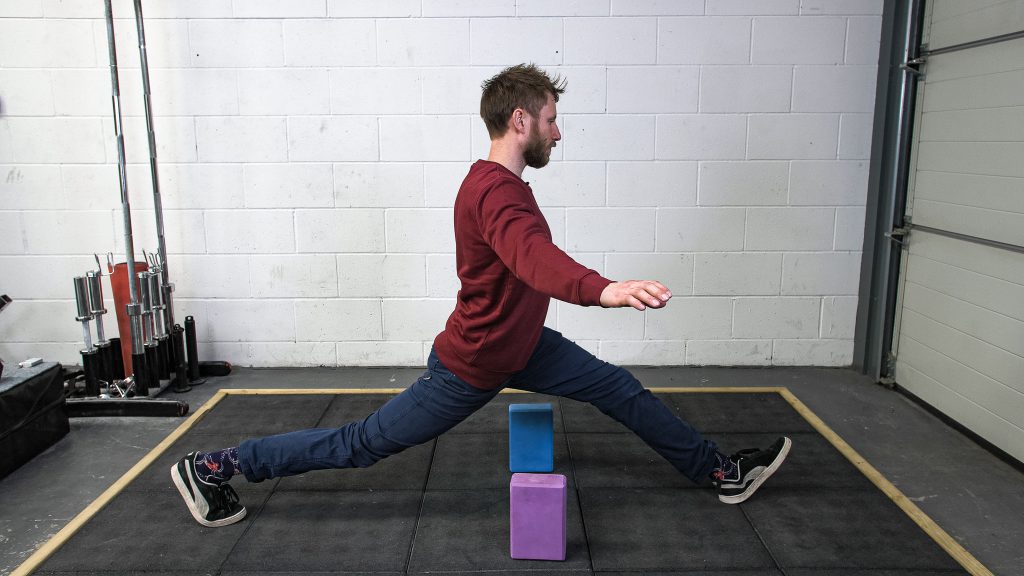
CR or CRAC
Contract-Relax or Contract-Relax-Antagonist-Contract. These are a form of PNF (proprioceptive neural facilitation) stretching. In a CR stretch we contract the agonist muscle being stretched before relaxing it, as this facilitates a greater relaxing of the muscle and increases range of motion and the stretch. The contraction also works to increase the strength of the muscle at or near your current end range. CRAC adds a forced contraction of the antagonist muscle to “pull” yourself further into the stretch. Through the mechanism of reciprocal inhibition, the stretched muscle should be forced to relax further.
Many of these methods come under “Loaded Progressive Stretching” in some way. This, simply put, means its is loaded in some way (bodyweight or added load), is active and progresses in either weight or range of motions. The principle is always the same – develop strength through range.
Loaded stretching is such a powerful tool but don’t let the load become the task. Too much weight can limit your flexibility as your muscles won’t be able to relax. We need to remember that moving under our own strength is the goal. This is how we find sports specific skill transfer.
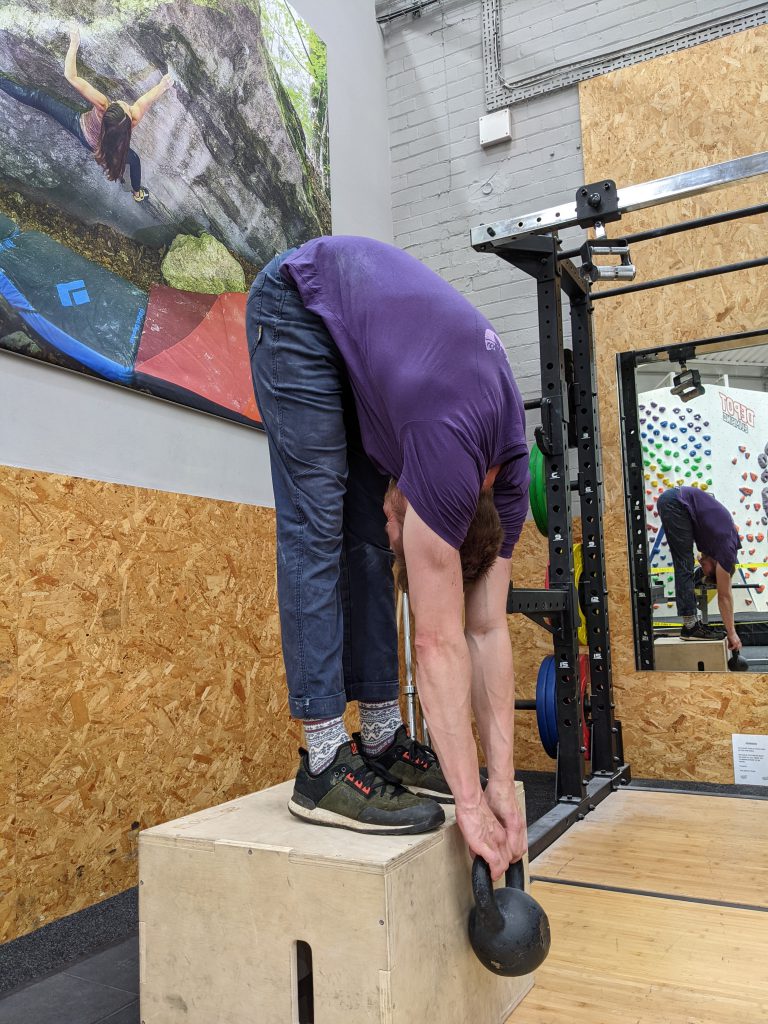
Where do I start?
If you do not already include flexibility training into your schedule as seriously as you plan your strength and fitness training, I encourage you to start. The journey is just as rewarding.
If you plan to be self-coached remember to measure often, track progress and set goals. Check out our Instagram for exercise ideas and look to other flexibility coaches that know what they are talking about. Mercedes from Modus Athletica posts great stuff and is also motivated to increase the awareness of flexibility training for climbing. Some other worthwhile “follows” for flexibility knowledge are; @flexibility.research (Dan Van Zandt), @rangeofstrength (Lucas Aaron), @emmetlouis, @matthewismith and @sidpaulson1 and @thebodyweightwarrior (Tom Merrick). A big range of sporting backgrounds there, but lots to learn from these talented practitioners and coaches so check out their Insta, Blogs, Podcasts or YouTube channels
If you would like to join us on your own flexibility journey, then you are in luck! We have launched our own flexibility training plan. This is personalised and individual coaching and therefore we aim to find the best and most effective methods for you. We will do all the planning; you just need to work hard and stay consistent.
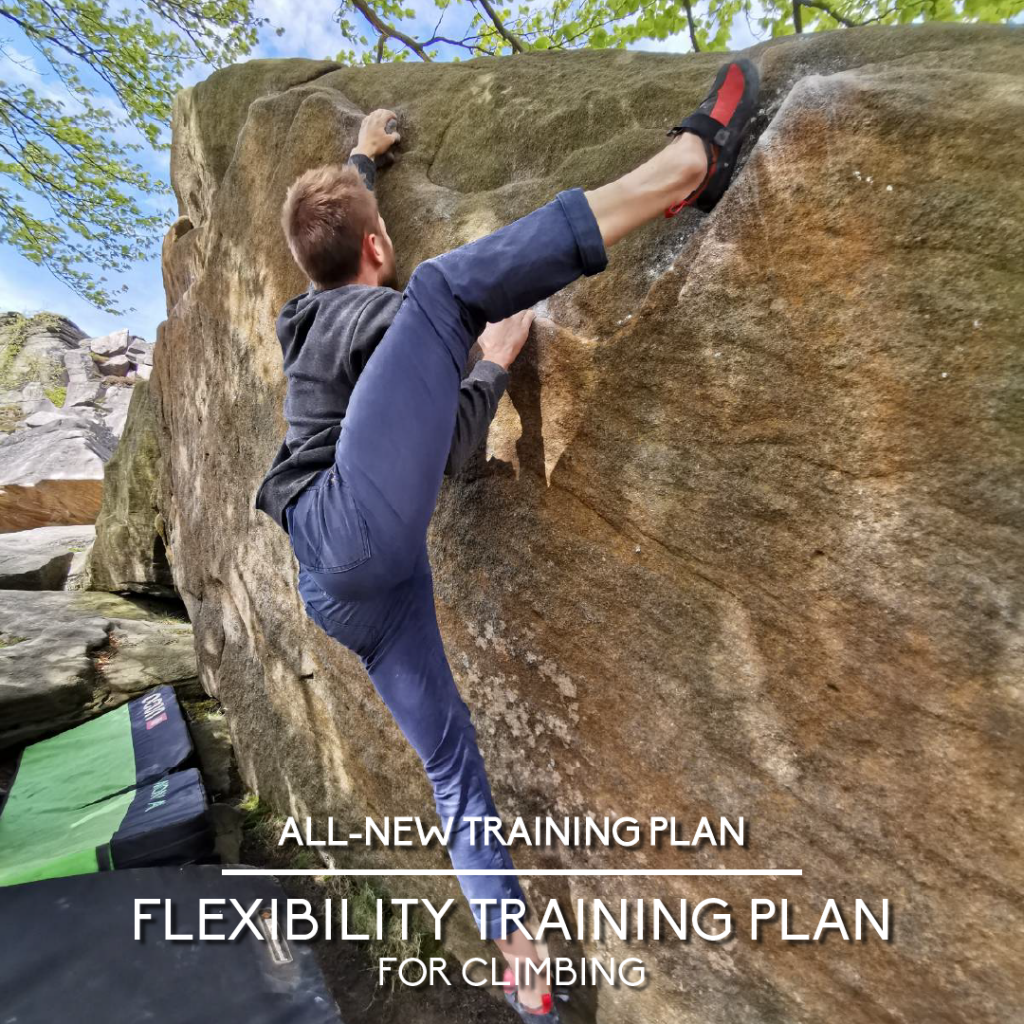
How long and what is included in a plan?
The plan is a minimum 3-month period, though I recommend sticking around for 6 or longer because this is when things start to get really interesting. We start the plan with an assessment (included in your plan package) to see where you are currently, what you need to work as a priority and get some “before” pictures to track progress later. We repeat this assessment every 3 months. The plan is written to your schedule and will compliment any climbing and S&C you do alongside. You get access to Lattice 365 so you can ask our coaches, a nutritionist and physio other general training questions too. We check in every few weeks with a video review of your training notes and make any changes we feel beneficial along the way. All exercises are demonstrated and described in detail with a video, often with ways to modify the exercise to your needs.

How long does it take to get flexible?
We understand everyone is individual and will make progress at different rates. The idea of a personalised plan is we experiment with what makes the quickest gains for you and change things up if you hit a plateau. From personal experience and working with my clients, in 3 to 6 months people are seeing big improvements in their flexibility and climbing. It is unlikely to be a quick process but things worth having rarely are. The great thing about building flexibility and strength within that new range is that it’s very easy to maintain once you have it.
Check out part 2 of our recent video with Matt & Liv, to find out more about flexibility sessions!
I hope you enjoyed reading this series! If you want to find out more about our flexibility plans, check out the link below, or email us today, here.




